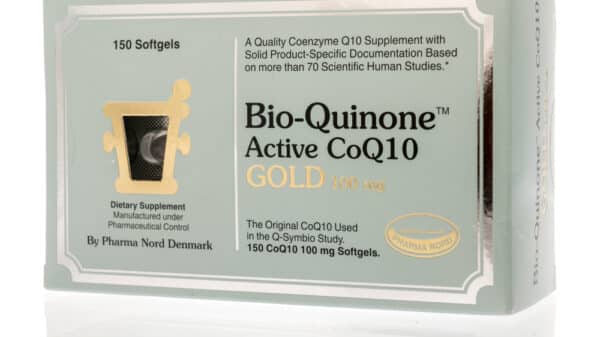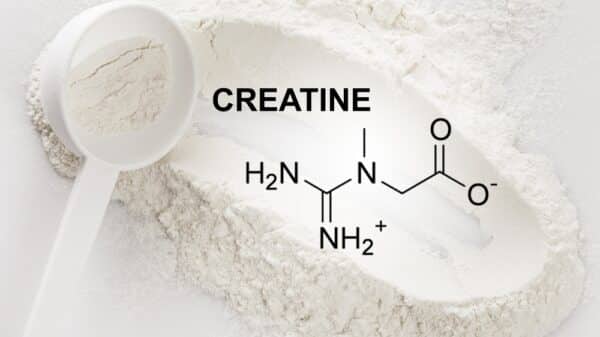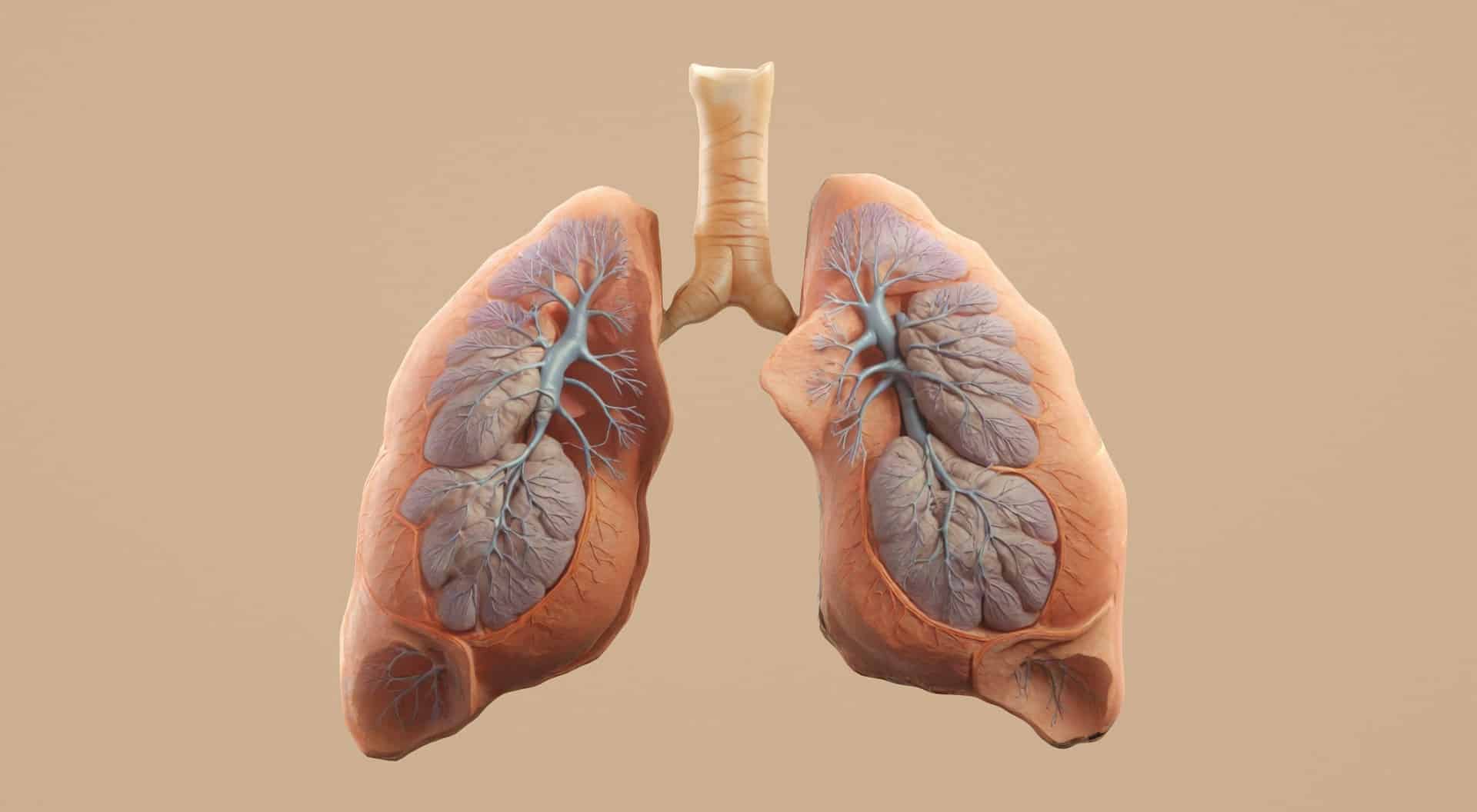Every bite of carbohydrates, be it bread or pasta, sets off a chain reaction in your body as it breaks them down into glucose—the sugar that serves as your primary fuel.
When you eat a hearty meal, your body doesn’t waste the excess glucose it generates. Instead, it smartly stores this surplus as glycogen, ready to be utilized when your energy demands heighten.
Understanding Glycogen
Glycogen can be defined as a complex carbohydrate—the storage form of glucose. When you consume food, and glucose levels surge, your body synthesizes glycogen to regulate those levels. This storage capability allows your body to tap into energy reserves when needed, whether during exercise, stress, or periods without food.
To clarify the distinction, think of glycogen as a collection of glucose molecules linked together, acting as a reservoir for your energy needs. The majority is stored in your muscles and liver, with muscles holding a greater quantity due to their size.
When energy is required, hormones like glucagon signal the liver to convert glycogen back into glucose. This process, termed glycogenolysis, guarantees a consistent energy supply. Hormones such as cortisol and adrenaline also initiate this pathway, especially during stressful times.
Interestingly, glycogen isn’t exclusive to humans; many microorganisms, including bacteria and fungi, utilize it as an energy store. While plants rely on starch for energy, glycogen is more compact and organized, allowing for quicker access.
Glycogen Storage and Its Importance
After consuming carbohydrates, your blood sugar rises, prompting the release of insulin to facilitate glucose entry into the liver and muscles. Here lies the brilliance of glycogen storage; the liver alone can store around 10% of its weight in glycogen, with muscles holding even more—estimated at 1% to 2% of their mass.
Glycogen is vital for maintaining your body’s internal environment or homeostasis. On average, you can store approximately 2,000 calories worth of glycogen, ready to provide an energy boost whenever needed.
The metabolism of glycogen involves two primary processes:
1. Glycogenesis: This process converts glucose into glycogen, aided by the enzyme glycogen synthase.
2. Glycogenolysis: In contrast, this process breaks glycogen down into glucose to provide immediate energy.
Why should you care about glycogen? Beyond being a quick energy source, it supplies your body’s tissues with power for daily activities and intense workouts. This equilibrium of storing and releasing energy is essential for optimal bodily function.
The Connection with Nutrition
Think about the surge of energy you experience during or post-workout. That’s glycogen at work. For those practicing fasting or those occasionally skipping meals, understanding glycogen’s role is crucial; it’s the backup reserve that keeps your energy levels stable.
It’s important to note that running low on glycogen can lead to unexpected weight drops. After intense exercise, refueling effectively becomes essential. Nutrition experts recommend combining carbohydrates and protein post-workout to restore glycogen and support muscle recovery. Generally, consuming 5 to 7 grams of carbohydrates per kilogram of body weight after a moderate-intensity workout is a good guideline for replenishing glycogen stores.
What should you focus on to restore glycogen? Opt for whole, unprocessed foods such as:
– Fresh fruits
– Starchy vegetables
– Whole grains
– Legumes and beans
– Dairy products
These choices not only provide necessary carbohydrates but also facilitate a gradual replenishment of glycogen.
Glycogen’s Role During Exercise
Glycogen plays a crucial role in fueling your muscles during workouts. This is particularly significant for individuals managing blood sugar levels or those with diabetes, as utilizing glycogen ensures sufficient energy for peak performance. Yet, it’s crucial to replenish these stores after intense exercise since regular high-intensity workouts can rapidly deplete glycogen.
To maintain athletic performance over multiple days, it’s vital to restore glycogen adequately. Notably, carbohydrate loading before competitions and high-glycemic index carbs during endurance activities can help ensure stable energy levels.
While carbohydrates are critical, balanced diets—even those lower in carbohydrates—can still provide ample energy. Some athletes successfully adapt to high-fat, low-carb diets, using fatty acids as energy once their metabolism adjusts.
Addressing Glycogen Disorders
While glycogen storage disorders exist, they are uncommon yet significantly impact those affected. Conditions like Pompe, McArdle, and Andersen disrupt how the body manages glycogen, leading to issues like muscle pain and fatigue, often due to genetic causes.
Glycogen serves as your body’s internal energy bank, preserving energy and enabling you to power through daily tasks. It’s made up of glucose molecules, adapting to your body’s energy requirements by storing or releasing glucose as needed. By maintaining a balanced diet and understanding glycogen’s functionalities, you prepare yourself for optimal performance and overall wellness. Whether you’re an athlete or just someone leading an active lifestyle, knowing how to effectively fuel glycogen stores is essential for sustained energy.
































